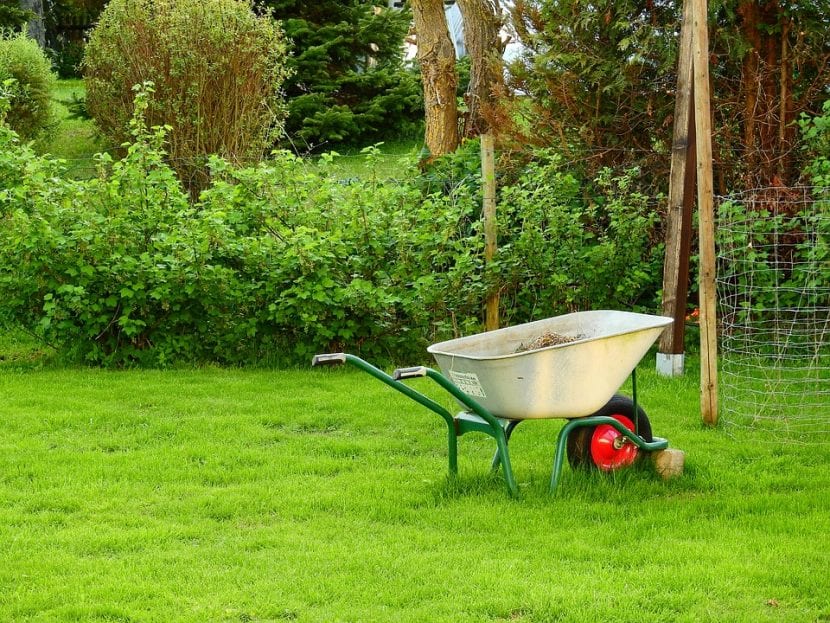
Creating a garden from scratch is an experience that, yes, it can be truly magnificent and educational, but when you have no idea where to start, problems usually arise as a result of inexperience and ignorance. Therefore, it would not be strange for you to look down on those who tell you that designing is easy (easy? Sure? Come on!).
Well then. Whether you have just moved to a house with land, or if you have been living in one for a long time and want to give life to that abandoned piece of land, then I am going to tell you what to know about the first garden. In this way, you can avoid making the most frequent mistakes and enjoy it from -almost- the first moment.
No soil is the same

A rose is a rose (as the song says), but if we talk about the ground, things change. Depending on the area, and even the use that has been given to a land, it can be rich in organic matter or not, more acidic or more alkaline, with a spongy or compact texture almost like a stone. So that, not all plants will live well in the same soil.
But don't worry, this can be changed; In other words, you can make a soil with a low pH (acidic) suitable for almond trees, for example, who want one with a rather high pH (alkaline). In these links you have a lot of information about it:
- What is pH (and why it is important for plants)
- Change soil pH
- Characteristics and types of soils
- Soil texture
Plant debris can remain in the ground
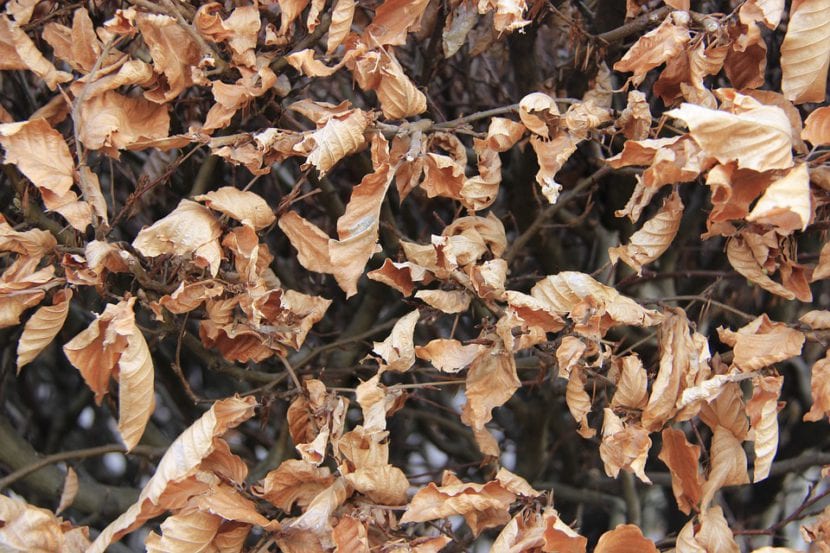
And in fact, they should. I'm not going to lie to you: a leafy garden on the ground is beautiful, but it is not natural or even practical. Plants have spent energy to produce them, and when they fall to the ground they decompose, releasing the nutrients that will be largely absorbed by the roots of the vegetal beings that give color and life to the place.
In addition, you can use them to make mulches, either to protect the crops from the cold, so that the soil stays humid for a longer time ... or both.
When the vegetables are in bloom, they can be cut and added to the compost heap

Image - Wikimedia / Kleomarlo
They are no longer useful for human consumption. The taste gets worse and that is why it is better to cut them and use them for compost. Although without a doubt, the ideal is to avoid precisely that they bloom, harvesting them as soon as they are ready. Therefore, you must sow them at their recommended time, and provide them with the necessary nutrients until they are ready.
For more information, I attach these links:
- Horticultural plant sowing calendar
- What is an urban garden and its care
- What to plant in December in the garden (winter in the northern hemisphere)
- How to prepare the garden for winter
The flowers, in groups, better than separated
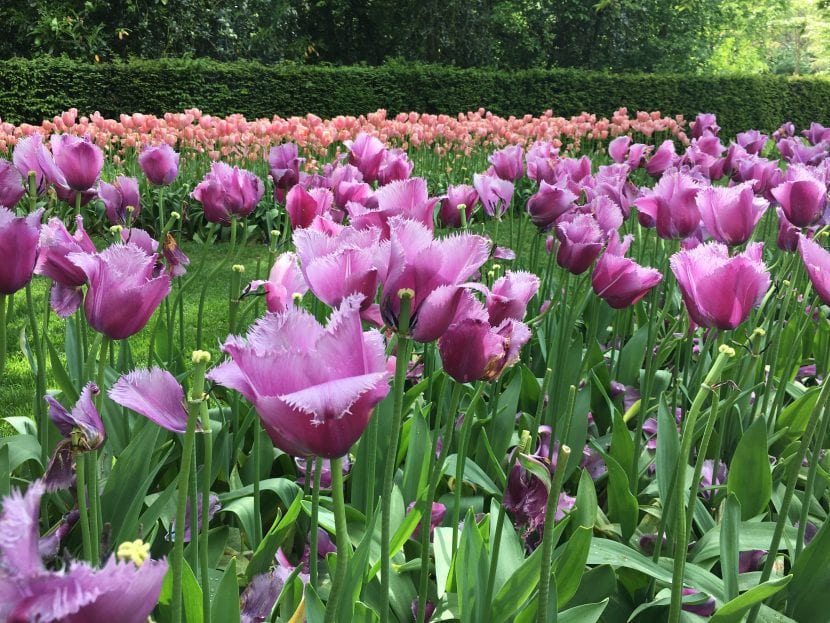
In a garden You can not miss the groups of flowers, since they give movement and a lot of joy. But beware: do not make the mistake of planting them separately. For example, bulbous, which usually produce only one flower stalk, can only stand out if they have others next to them, are of the same type but of a different color, or others that grow to the same height (more or less).
Of course, you have to leave a small gap, it can be from a few centimeters to 20-30cm depending on the species (such as the canna indica, which tends to remove many leaves). But no more.
Healthy plants start to stand out in the nursery
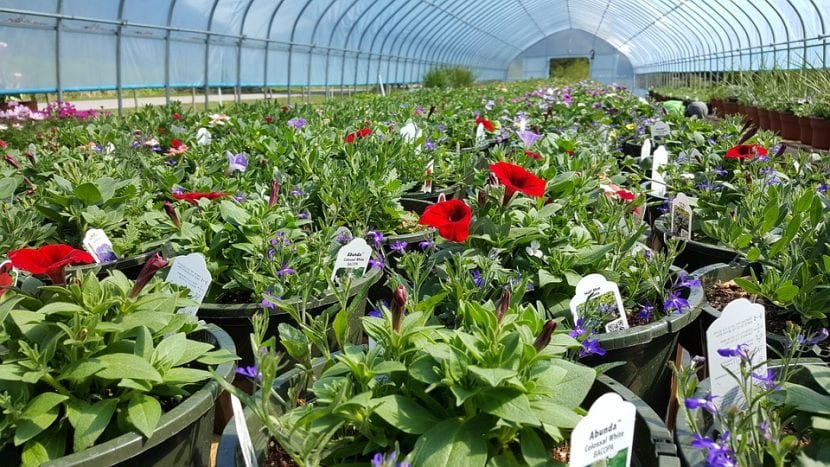
How many times have you visited a nursery and seen a plant that you liked a lot but that had a bug, had some bitten leaves, or, in short, something that made it look a bit bad? This happens a lot, but as much as we liked, its best place is precisely the nursery, and not our garden.
The transmission of diseases and pests between plants is too easy and fast. So that, to avoid problems it is very important to buy healthy specimens, that they are growing strongly. More information in: how to know if a plant is sick.
Experiments are fine, as long as they are done wisely
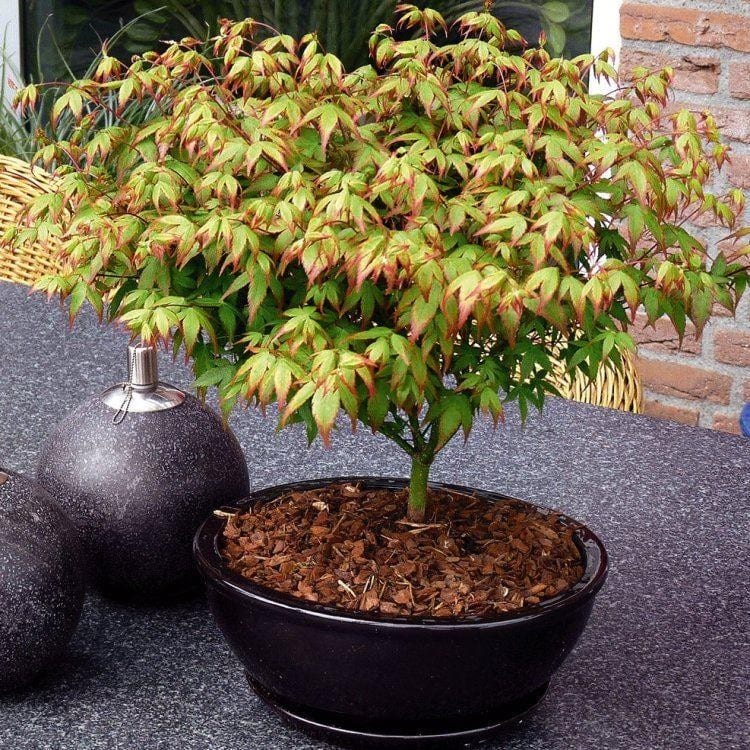
Acer palmatum cv Little Princess.
Image - Gardeningexpress.co.uk
In nurseries there are a wide variety of plants, but each has its own needs. Some will only do well in frosty climates, others only in hot climates; some will want an acidic soil and others will want a neutral or alkaline pH. Before taking home an exotic specimen, find out about its care since otherwise you could spend money in vain.
Here is some information that will surely help you prevent this from happening to you:
- Plants for acid soils
- Plants for alkaline soils
- Tropical plants (for climates without frost)
- Cold and frost resistant plants
- Drought resistant plants
Gardening does not rest in winter
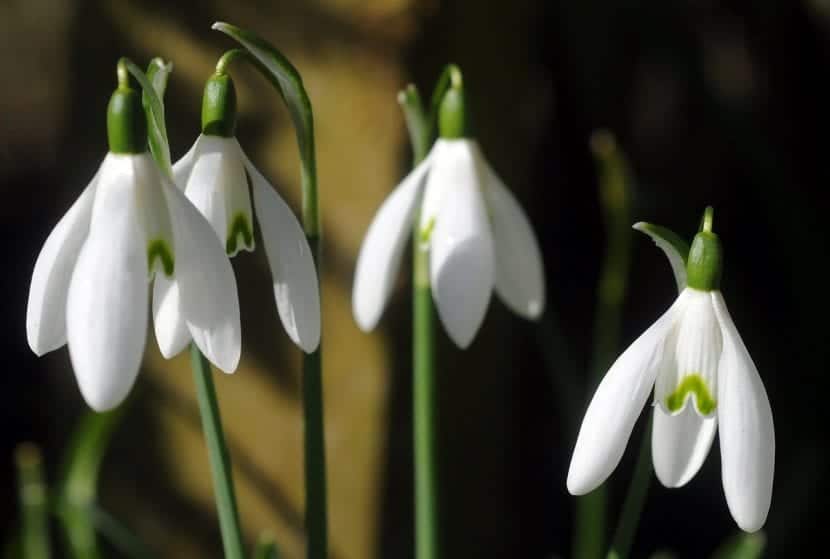
Although it is true that plants hardly grow during this time, every gardener (no matter how novice 😉) you have to put on your warm clothes and work on it: protect delicate plants from the cold, put a mulch on them if necessary, go preparing what will be used to compost.
And with this we are done. I hope it has been useful to you and you can enjoy your garden like never before.